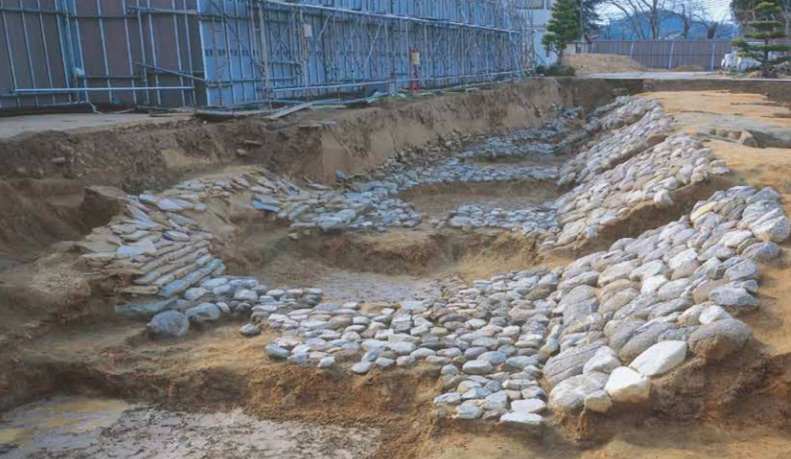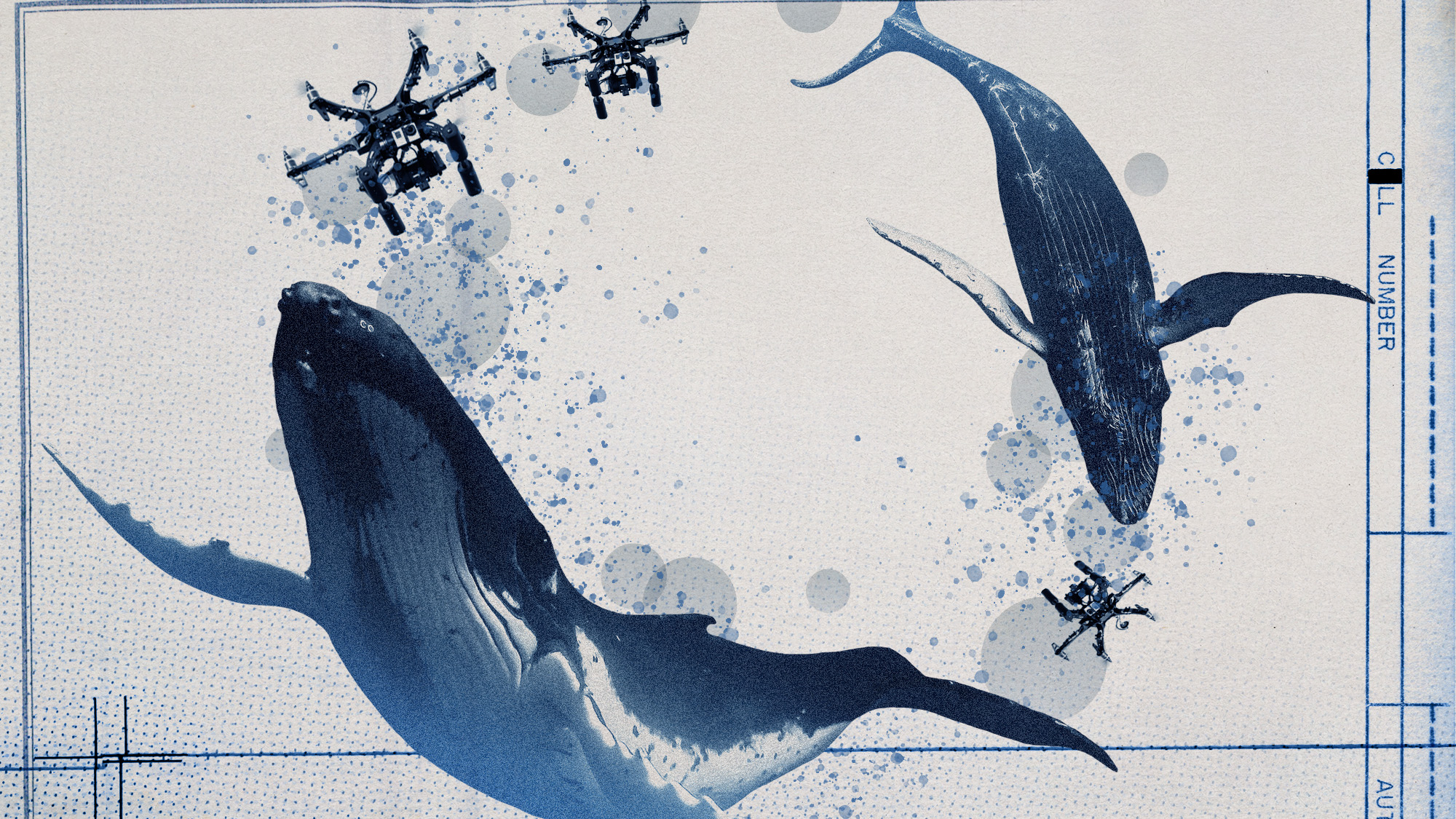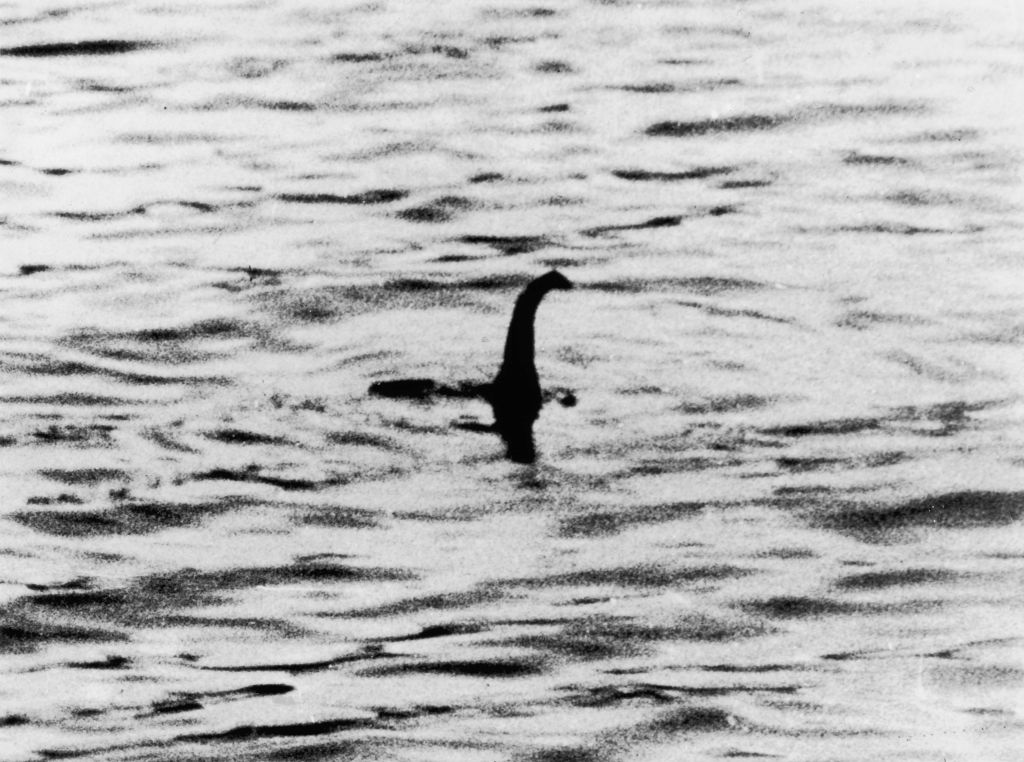Archaeologists discover moat ruins that may have been burial site for Japanese emperor


Japanese archaeologists have unearthed the ruins of a moat in Asuka, Nara Prefecture, and they believe they may have been part of a burial mound for an ancient emperor.
The Asahi Shimbun reports that the moat was 158 feet long and between 13 and 23 feet wide. According to The Japan News, its size would make it the "biggest rectangular ancient tomb in the Asuka district at that time," if it is confirmed to be a burial mound.
The archaeologists believe it dates to the mid-seventh century and was likely the first burial site of the Emperor Jomei, before his body was moved to a second location. The Emperor Jomei, Japan's 34th emperor, reigned for 13 years and was father to the Emperor Tenji and the Emperor Tenmu.
The Week
Escape your echo chamber. Get the facts behind the news, plus analysis from multiple perspectives.

Sign up for The Week's Free Newsletters
From our morning news briefing to a weekly Good News Newsletter, get the best of The Week delivered directly to your inbox.
From our morning news briefing to a weekly Good News Newsletter, get the best of The Week delivered directly to your inbox.
The moat is lined with quartz diorite boulders, and its southern slope features chlorite schist and rhyolite flagstones in a staircase pattern. Further archaeological work is necessary to determine the moat's exact purpose, though — even if it is a burial mound, some experts believe it was built not for the Emperor Jomei, but for Emishi, a statesman of the Yamato Imperial Court.
A free daily email with the biggest news stories of the day – and the best features from TheWeek.com
Meghan DeMaria is a staff writer at TheWeek.com. She has previously worked for USA Today and Marie Claire.
-
 How drones have detected a deadly threat to Arctic whales
How drones have detected a deadly threat to Arctic whalesUnder the radar Monitoring the sea in the air
-
 A running list of the US government figures Donald Trump has pardoned
A running list of the US government figures Donald Trump has pardonedin depth Clearing the slate for his favorite elected officials
-
 Ski town strikers fight rising cost of living
Ski town strikers fight rising cost of livingThe Explainer Telluride is the latest ski resort experiencing an instructor strike
-
 Nobody seems surprised Wagner's Prigozhin died under suspicious circumstances
Nobody seems surprised Wagner's Prigozhin died under suspicious circumstancesSpeed Read
-
 Western mountain climbers allegedly left Pakistani porter to die on K2
Western mountain climbers allegedly left Pakistani porter to die on K2Speed Read
-
 'Circular saw blades' divide controversial Rio Grande buoys installed by Texas governor
'Circular saw blades' divide controversial Rio Grande buoys installed by Texas governorSpeed Read
-
 Los Angeles city workers stage 1-day walkout over labor conditions
Los Angeles city workers stage 1-day walkout over labor conditionsSpeed Read
-
 Mega Millions jackpot climbs to an estimated $1.55 billion
Mega Millions jackpot climbs to an estimated $1.55 billionSpeed Read
-
 Bangladesh dealing with worst dengue fever outbreak on record
Bangladesh dealing with worst dengue fever outbreak on recordSpeed Read
-
 Glacial outburst flooding in Juneau destroys homes
Glacial outburst flooding in Juneau destroys homesSpeed Read
-
 Scotland seeking 'monster hunters' to search for fabled Loch Ness creature
Scotland seeking 'monster hunters' to search for fabled Loch Ness creatureSpeed Read
